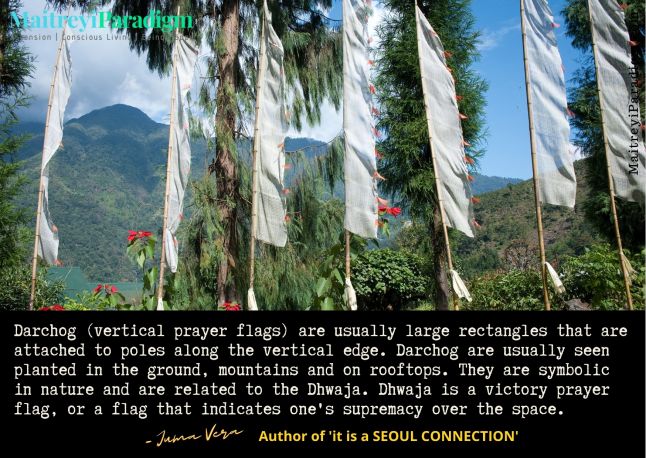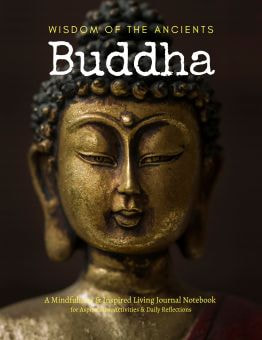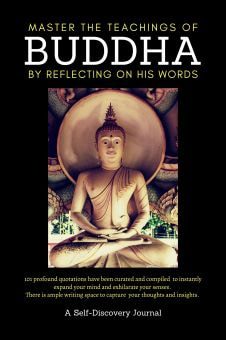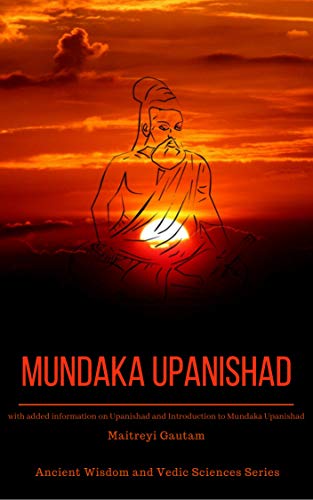As per the legend, Gautam Buddha, who is the founder of the Buddhist religion and traditions, first used these prayer flags. It is believed that his prayers were written on the battle flags of the devas (divine beings) against their fight against the asuras (the diabolical beings). Prayer flags were discouraged during the Cultural Revolution in Tibet, because of which many of the traditional designs might have been lost.
Lung ta (horizontal prayer flags) are square or rectangular in shape. They are connected to their top edges by a string or thread. They are hung in high places like temples, monasteries, and stupas.
Darchog (vertical prayer flags) are usually large rectangles that are attached to poles along the vertical edge. Darchog are usually seen planted in the ground, mountains and on rooftops. They are symbolic in nature and are related to the Dhwaja (as mentioned within the very ancient Vedic Tradition). Dhwaja is a victory prayer flag, or a flag that indicates one's supremacy over the space
A specific elements is associated with each color of these flags. In addition, sometimes, instead of the multi-colored flag-set, a specific-colored prayer flag is utilized when doing prayers or rituals for specific purpose, tradition or sadhana (dedicated praying ritual).
In terms of the color representation of these prayer flags, blue represents the sky and space. White symbolizes air and wind. Red symbolizes fire. Green symbolizes water. Yellow symbolizes earth.
Traditional Tibetan medicine says that harmony and health are achieved through the proper balance of these five elements.
| |





















